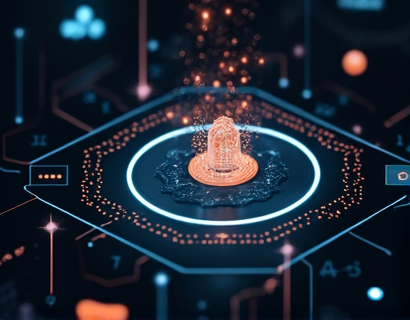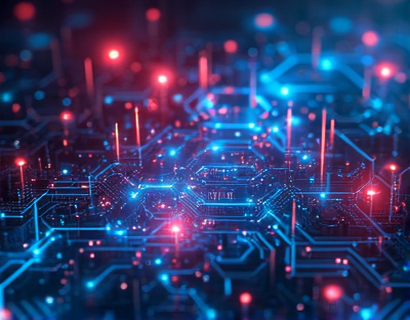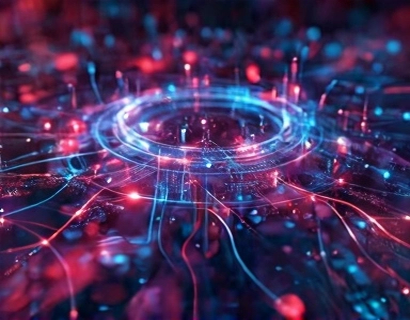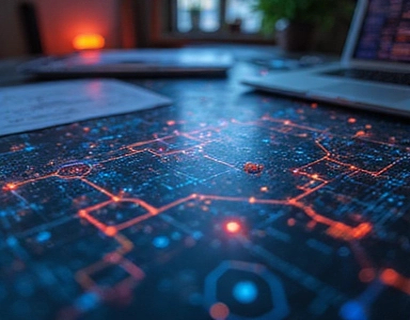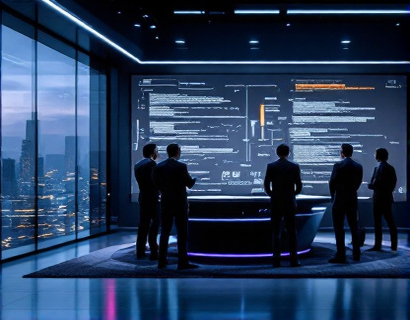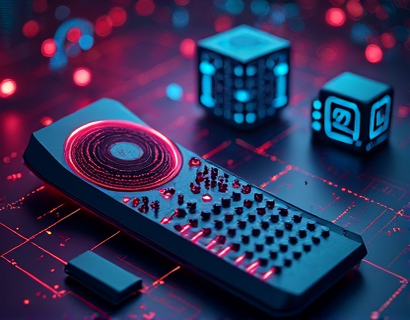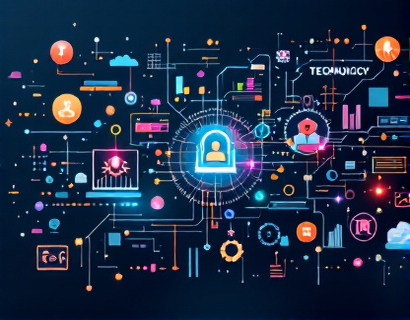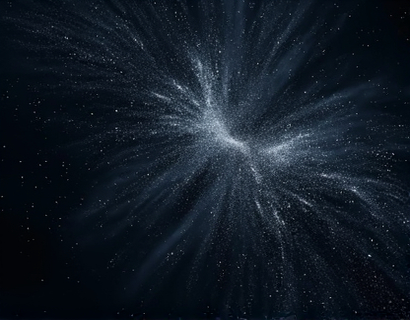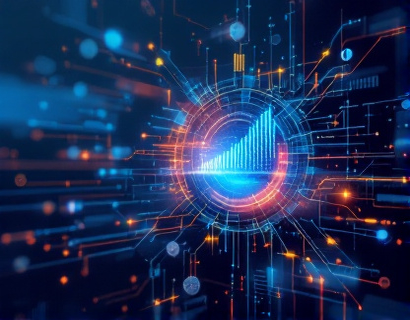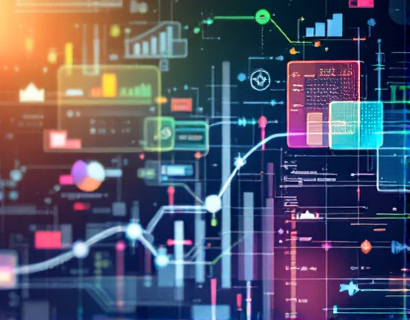AI-Powered Personalized Learning: Revolutionizing Astronomy Education
The field of astronomy has always captivated the human imagination, offering a glimpse into the vastness of the universe and the mysteries it holds. However, traditional methods of teaching astronomy can often be complex and overwhelming, making it difficult for students and enthusiasts to grasp intricate celestial concepts. With the advent of artificial intelligence (AI), a new era of personalized learning is emerging, transforming the way we approach astronomy education. This article explores how AI-powered platforms are revolutionizing astronomy education through interactive exploration and expert insights, creating engaging learning experiences for students and enthusiasts alike.
The Need for Personalized Learning in Astronomy
In a world where information is abundant, the challenge lies in making that information accessible and understandable. Astronomy, with its vast array of concepts ranging from the formation of stars to the dynamics of galaxies, can be particularly daunting. Traditional classroom settings often adopt a one-size-fits-all approach, which may not cater to the diverse learning styles and paces of individual students. This is where personalized learning comes into play.
Personalized learning tailors educational experiences to meet the unique needs of each learner. In astronomy education, this means providing resources and insights that align with a student's current knowledge level, interests, and learning preferences. By leveraging AI technology, educators can create customized learning paths that enhance comprehension and retention of complex astronomical concepts.
How AI Enhances Astronomy Education
AI technologies are capable of analyzing vast amounts of data and identifying patterns that can inform personalized learning experiences. Here are several ways AI enhances astronomy education:
Adaptive Learning Systems
AI-driven adaptive learning systems assess a student's understanding in real-time and adjust the curriculum accordingly. For instance, if a student struggles with the concept of black holes, the system can provide additional resources, such as videos, articles, or interactive simulations, to reinforce learning.
Interactive Simulations
Interactive simulations allow students to visualize and manipulate astronomical phenomena. AI can power these simulations, enabling users to explore celestial bodies, simulate space missions, or even model the effects of gravity on different objects. This hands-on approach fosters a deeper understanding of complex concepts.
Expert Insights and Guidance
AI can connect students with expert insights from astronomers and educators. By analyzing user queries and learning patterns, AI can provide tailored recommendations for articles, research papers, and expert talks that align with a student's interests, enhancing their learning experience.
Community Engagement
AI platforms can facilitate connections between students and a community of astronomy enthusiasts. By fostering discussions, forums, and collaborative projects, learners can share insights, ask questions, and engage in meaningful conversations about astronomy, enriching their educational journey.
Interactive Exploration: A New Way to Learn
One of the most exciting aspects of AI-powered astronomy education is the emphasis on interactive exploration. Traditional textbooks and lectures often fail to engage students fully, but interactive tools can transform learning into an immersive experience. Here are some examples of how interactive exploration is changing the landscape of astronomy education:
Virtual Reality (VR) Experiences
Virtual reality technology allows students to step into the universe and experience celestial phenomena firsthand. Imagine exploring the surface of Mars or witnessing a supernova explosion in a fully immersive environment. VR experiences can make abstract concepts tangible, fostering a deeper understanding of the universe.
Augmented Reality (AR) Applications
Augmented reality applications overlay digital information onto the real world, providing students with interactive learning experiences. For example, students can point their devices at the night sky and receive real-time information about constellations, planets, and other celestial objects, enhancing their observational skills.
Gamification of Learning
Gamification incorporates game elements into the learning process, making it more engaging and enjoyable. Astronomy education platforms can use quizzes, challenges, and rewards to motivate students to explore and learn about the cosmos actively.
Expert Insights: Learning from the Best
Access to expert insights is crucial for students and enthusiasts seeking to deepen their understanding of astronomy. AI-powered platforms can curate content from leading astronomers, researchers, and educators, providing learners with valuable perspectives and knowledge. Here are some ways expert insights can enhance astronomy education:
Curated Content
AI can analyze vast amounts of research and educational content to curate articles, videos, and podcasts that align with a student's interests. This ensures that learners receive high-quality information from reputable sources, enhancing their understanding of complex topics.
Live Q&A Sessions
AI platforms can facilitate live Q&A sessions with experts, allowing students to ask questions and receive real-time answers. This interactive format fosters engagement and provides learners with the opportunity to clarify doubts and gain deeper insights into specific topics.
Mentorship Opportunities
Connecting students with mentors in the field of astronomy can significantly enhance their learning experience. AI can match students with experts based on their interests and goals, providing personalized guidance and support as they navigate their educational journey.
Building a Community of Astronomy Enthusiasts
Learning is often more effective when it occurs within a community. AI-powered platforms can create spaces for astronomy enthusiasts to connect, share knowledge, and collaborate on projects. Here are some ways these platforms foster community engagement:
Discussion Forums
Discussion forums allow students to ask questions, share insights, and engage in conversations about astronomy. These platforms can be moderated by experts, ensuring that discussions remain informative and respectful.
Collaborative Projects
AI can facilitate collaborative projects where students work together to explore specific astronomical phenomena or conduct research. This teamwork not only enhances learning but also builds valuable skills in collaboration and communication.
Events and Webinars
Hosting events and webinars featuring guest speakers from the astronomy community can provide students with unique learning opportunities. These events can cover a wide range of topics, from recent discoveries to career paths in astronomy.
The Future of Astronomy Education
The integration of AI in astronomy education is just the beginning. As technology continues to evolve, we can expect even more innovative approaches to learning. Here are some potential developments on the horizon:
Enhanced Personalization
Future AI systems will likely become even more sophisticated in understanding individual learning preferences and adapting content accordingly. This could lead to highly personalized learning experiences that cater to each student's unique needs.
Global Collaboration
AI can facilitate global collaboration among students and educators, breaking down geographical barriers. This could lead to diverse perspectives and insights, enriching the learning experience for everyone involved.
Integration with Other Disciplines
As astronomy intersects with various fields such as physics, mathematics, and environmental science, AI-powered platforms may integrate content from these disciplines, providing a more holistic understanding of the universe.
Conclusion
AI-powered personalized learning is revolutionizing astronomy education, making complex celestial concepts accessible and engaging for students and enthusiasts. Through interactive exploration, expert insights, and community engagement, learners can embark on a profound journey through the cosmos. As technology continues to advance, the future of astronomy education looks promising, with endless possibilities for enhancing our understanding of the universe. Embracing these innovations will not only enrich the educational experience but also inspire the next generation of astronomers and space enthusiasts.






